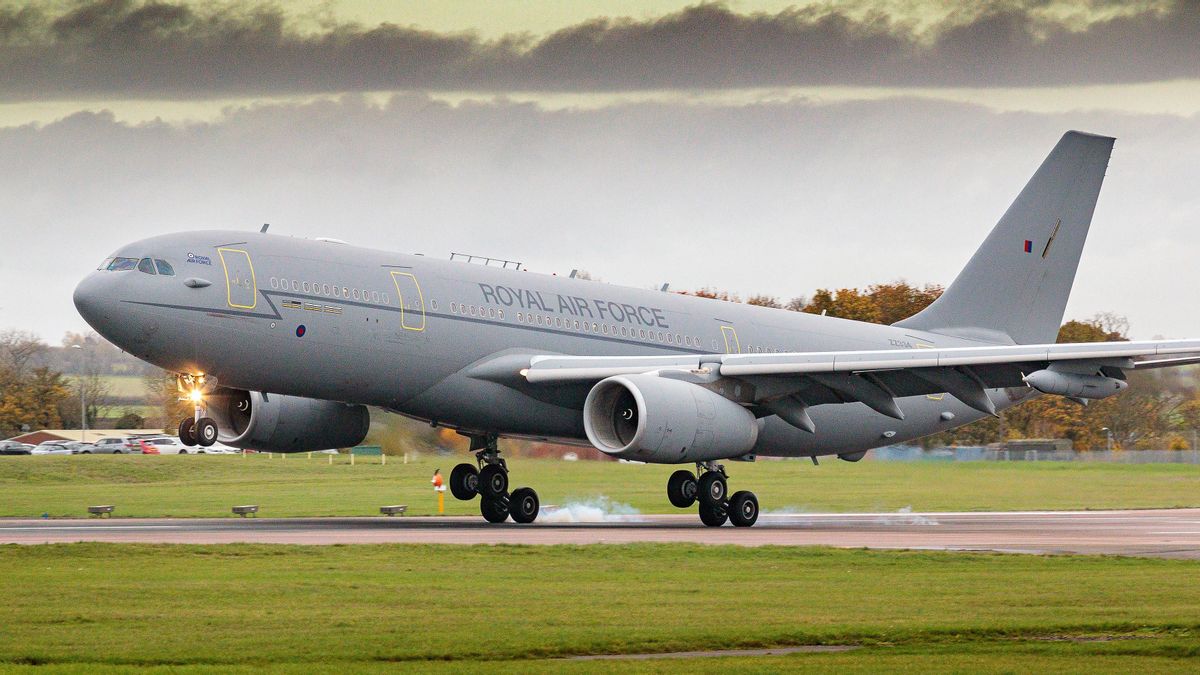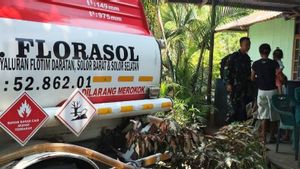JAKARTA – British engine maker Rolls-Royce announced that it has successfully run an airplane engine on hydrogen. This is a breakthrough in aviation and marks a major step toward proving that gas can be the key to decarbonizing air transport.
"The ground test, using a converted Rolls-Royce AE 2100-A regional aircraft engine, uses green hydrogen created by wind and tidal power," the British company said Monday, November 28, quoted by Reuters.
It’s a world first! Earlier this year we announced our hydrogen programme with @easyJet Today, we are delighted to announce that we have set a new aviation milestone with the world’s first run of a modern aero engine on #hydrogen.
More here: https://t.co/3rtfp07kMw#racetozero pic.twitter.com/f2P6nX2LZS
— Rolls-Royce (@RollsRoyce) November 28, 2022
Rolls and its test program partner EasyJet are seeking to prove that hydrogen can safely and efficiently power civil aircraft engines. They said they were planning a second test, and had long term ambitions to carry out a flight test.
Hydrogen is one of a number of technologies that can help the aviation industry achieve net zero emissions by 2050.
In addition, the Airbus aircraft manufacturer cooperates with French-U.S. engine maker CFM International will test Rolls' hydrogen propulsion technology.
According to them in February it is planned to fit a specially adapted version of the current generation engine near the rear of the A380 superjumbo test aircraft.
But the aircraft manufacturer told the European Union in 2021 that most planes will rely on traditional jet engines until at least 2050.
VOIR éGALEMENT:
The switch to a hydrogen-powered engine will require a complete redesign of the airframe and infrastructure at the airport.
Eric Schulz, chief executive of SHZ Consulting, said in July that the impact design changes were so large they would have taken more than one generation of aircraft to get there.
Other technologies supported by companies such as Rolls-Royce include electric engines, originally suitable for short flights, and sustainable aviation fuel (SAF).
The engines already in service can run on blends of SAF and conventional fuels, but are currently only produced in very small quantities.
It could eventually be produced by combining carbon captured from the air with green hydrogen, but the process is energy intensive and not yet available on a large scale.
The English, Chinese, Japanese, Arabic, and French versions are automatically generated by the AI. So there may still be inaccuracies in translating, please always see Indonesian as our main language. (system supported by DigitalSiber.id)















